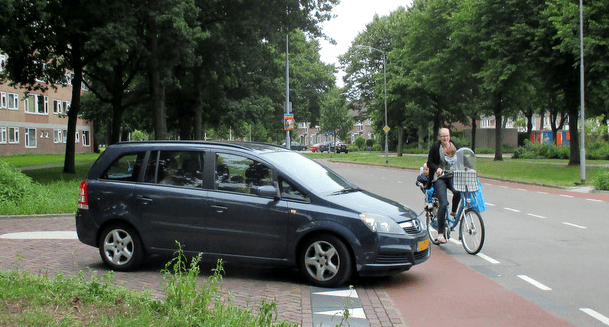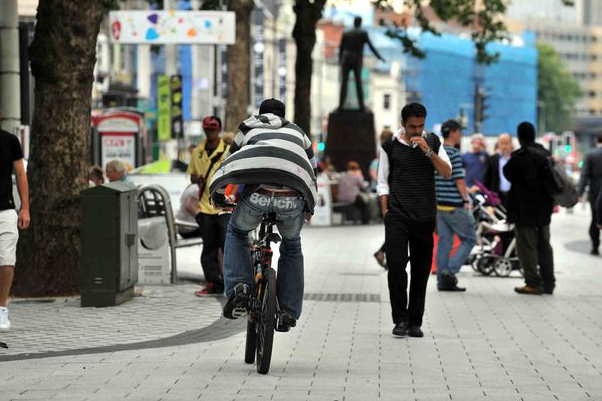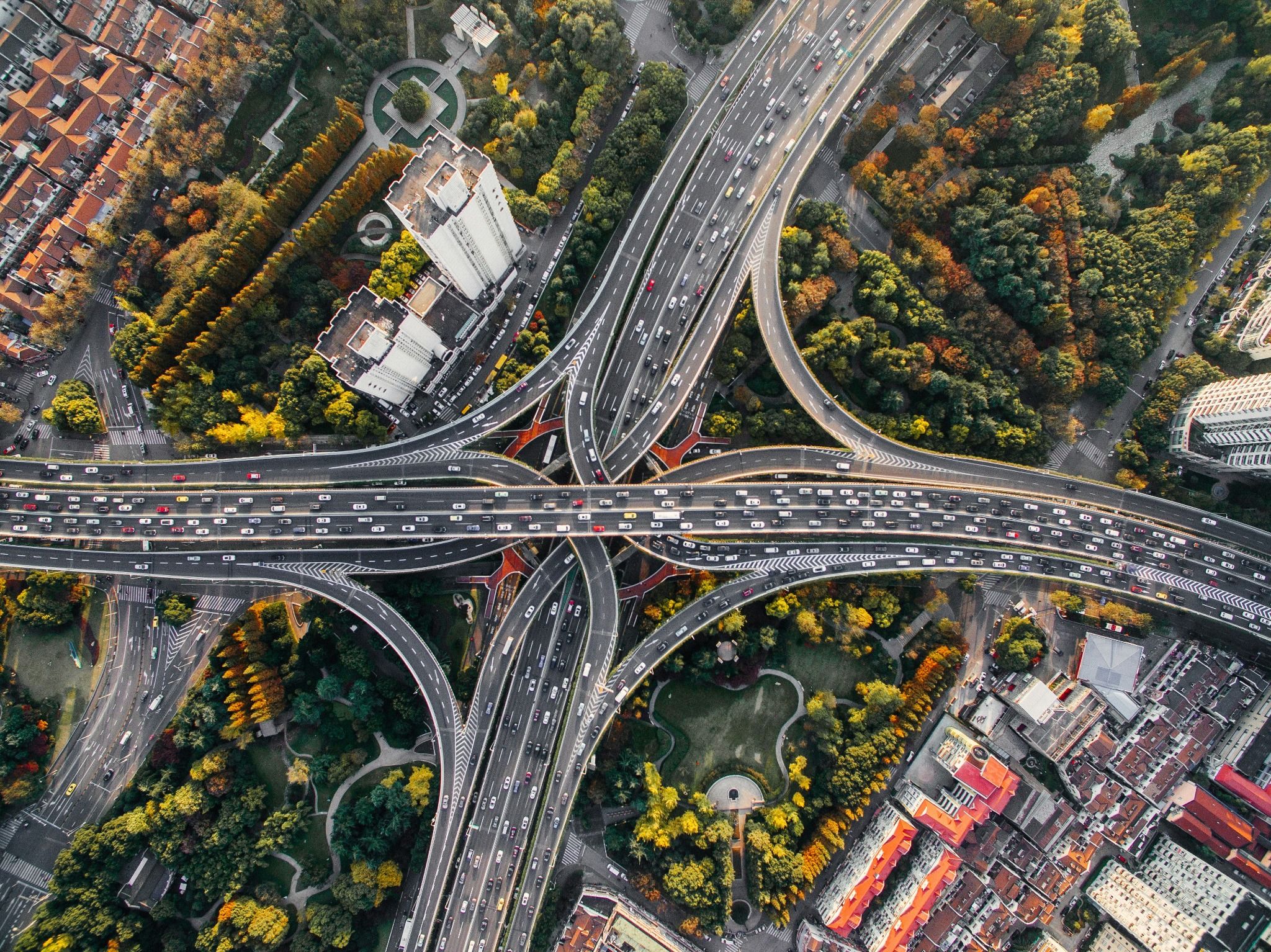Cars are safer than ever with multi air-bags, crumple zones and roll bars, but what about the cyclists on our roads? It’s clear that cyclists are much more vulnerable than motorists, as their protection is a helmet, and very little else. It’s because of this that cyclists rely not just on their own sense of responsibility but that of other road users around them.
Since 2013, cycling traffic has seen a 15.5% increase, showing that more people are taking to two wheels to get around and when a car is in a collision with a bike, the outcome is always much poorer for the cyclist than the driver; so it’s vitally important that when you’re behind the wheel you Think Bike.

Where are cyclists most vulnerable?
- urban areas – where 75% of fatal or serious cyclist accidents occur
- road junctions - 75% of accidents happen at, or near, a road junction
- day-time - 80% of cyclist accidents occur in daylight
The latest figures are from 2022 and they show that almost 11,546 cyclists were injured on our roads. A frightening number, particularly when you consider that nearly 4,056 of those cyclists were seriously injured and 91 were killed.
What can drivers do to protect cyclists at their most vulnerable?
Be aware that when a cyclist wants to turn right they have to get across the lane, to the centre of the road. This is a difficult and dangerous maneuver and as a driver, you may need to assist by slowing down and allowing the cyclist to pass across your lane. Imagine every cyclist was a friend or family member and help them to cycle safely.
Don’t pass too close to a cyclist, it can cause the rider to wobble, lose balance, and fall into the road. Be more bike aware. Instead of seeing them as a nuisance, share the road and remember that around 80% of cyclists also hold a driving licence, they know what it’s like to be behind the wheel.
At what age are cyclists most vulnerable?
Figures show that only 10% of cycle accidents involve children, but as they get older and begin to ride on the roads independently of their parents, the numbers rise, 10 to 15-year-olds are more at risk than any other age group, apart from the over-60s.
This makes sense, as children in this age group are often cycling in the morning rush hour, going to school and yet have little understanding of road sense; as a driver, you can assess the unfolding situation ahead of you and behind you, as a young cyclist, you simply don’t have that experience to call upon.
How can drivers keep young cyclists safe?
If your morning commute takes you near to a school, be hyper-aware of pupils cycling to school; remember if you’re two minutes late for work it won’t matter, but, if a child never gets to school, it’s a life-sentence for their family, friends and you.
Keep your eyes peeled for potholes, or other deformities in the road surface; these may be bad for a car, but can be catastrophic for a cyclist and can throw them off their bike and into your path.


Why are roundabouts dangerous for cyclists?
Almost two-thirds of the cyclists who were killed or seriously injured were involved in accidents at T-junctions and roundabouts and it’s sadly very easy to see why.
Next time you’re at a roundabout, just take notice of how many drivers on the roundabout don’t use their indicators, making it a guessing game as to which exit they’re coming off. That’s bad enough if you’re in a car, but imagine you were trying to negotiate a roundabout as a cyclist, without the acceleration to get out of trouble if your guess is wrong.
Frightening accidents are caused by thoughtlessness on the part of drivers who simply can’t be bothered to flick on their indicators.
How can drivers keep cyclists safe on roundabouts?
When you’re approaching, and then driving around a roundabout, use your indicators; let cyclists and, come to that, drivers know which exit you’re taking. If every driver did this one simple thing at every roundabout, the number of accidents would fall.
Approach T-junctions with caution; slow down in plenty of time. When you’re waiting to pull out of a junction, look both ways once, then do it again and think bike; a cyclist on their bike is much narrower than a car, van, or lorry, so much easier to miss if you only give a glance before pulling out. Always check twice for cyclists.
Some drivers are keen to blame cyclists, to accuse them of not looking where they’re going, of not using lights properly at night, of going too slowly or too quickly, of weaving in and out of traffic, of all manner of misdemeanors.
The figures tell a different story and as drivers we should all do everything we can to ensure the safety of cyclists on our roads.
Are you a cyclists looking for the ideal car to carry your kit? Check out our blog on the best cars for cyclists.